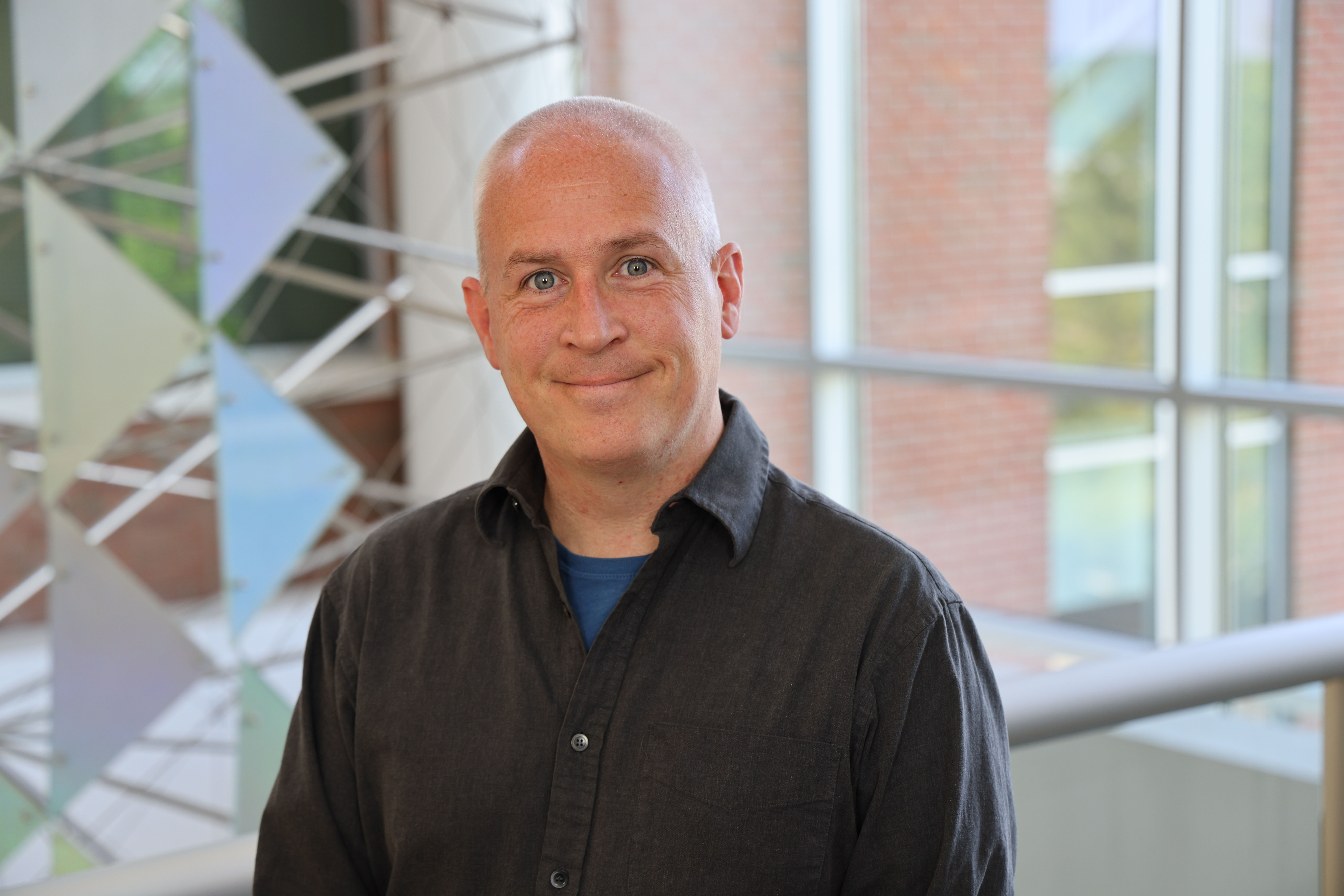Suicide and Self-Injury
Predictors and patterns of suicidal ideation disclosures among American adults
(PS9-B46) Predictors and Patterns of Suicidal Ideation Disclosures Among American Adults
- TR
Taylor R. Rodriguez, M.A.
Graduate student
Rutgers University
Somerset, New Jersey 
Shelby Bandel, M.S.
Graduate Research Assistant
Rutgers University
Annandale, New Jersey
Michael D. Anestis, Ph.D.
Executive Director
New Jersey Gun Violence Research Center
Milltown, New Jersey- JA
Joye Anestis, Ph.D.
Associate Professor
Rutgers University
Piscataway, New Jersey
Author(s)
Co-Author(s)
Suicide rates have been increasing in recent years, especially among groups of diverse racial/ethnic backgrounds (Stone et al., 2023). Many prevention efforts target those with suicidal ideation (Barnhorst et al., 2021); however, individuals may not be willing to tell someone about their ideation, limiting the ability to identify those who may benefit from intervention. The current study builds upon prior work (e.g., Calear & Batterham, 2019) to identify patterns of suicidal ideation disclosures. Population-based sampling was utilized to obtain a large dataset of American adults (N=3,510) across five states. The current study focused on individuals who endorsed lifetime suicidal ideation (n=1,074). All analyses utilize data weighted for geodemographic distribution based on the 2019 American Community Survey. The sample (Mage=41.26, SD=15.46) was 57.6% female, 53.2% White, 28.7% Hispanic, and 80.1% heterosexual. Overall, 75.6% (n=812) reported disclosing their suicidal thoughts. A logistic regression predicting non-disclosure included sociodemographic predictors and predictors relevant to suicide risk and mental health treatment. The overall model predicted 12% of the variance in non-disclosures. Those who were 45-59 years old were more likely to have not disclosed than those 18-29 years old (OR=1.77, 95%CI [1.03-3.02]. Compared to White participants, Black (OR=2.92, 95%CI [1.78-4.79]) and Hispanic (OR=1.55, 95%CI [1.05-2.27]) participants were more likely to have not disclosed. On the other hand, males were more likely to have disclosed than females (OR=0.65, 95%CI [0.41-0.96]). Participants who have never been married were more likely to have disclosed compared to those who are currently married (OR=0.63, 95%CI [0.41-0.96]). Those who have been in mental health services in their lifetimes were also more likely to have disclosed compared to those who have not been in services (OR=0.52, 95%CI [0.37-0.71]). Lastly, those with a lifetime suicide attempt history were more likely to have disclosed compared to those without attempt histories (OR=0.48, 95%CI [0.26-0.92]). In terms of patterns of disclosure, most who disclosed reported telling a personal connection (65.5%), such as a friend, intimate partner, or family member, whereas few disclosed to mental health professionals (34.8%), physicians (10.3%), or suicide hotline (5.5%). Even among those who reported lifetime mental health service use (n = 518), the majority disclosed to a personal connection (70.1%) and only 50% disclosed to a mental health professional. These results highlight that certain individuals are less likely to disclose their suicidal thoughts, and disclosures tend to be among personal connections and not the healthcare community. Implications will be discussed.

